
荒岛的王安卓版

- 文件大小:124.5MB
- 界面语言:简体中文
- 文件类型:Android
- 授权方式:5G系统之家
- 软件类型:装机软件
- 发布时间:2024-11-17
- 运行环境:5G系统之家
- 下载次数:539
- 软件等级:
- 安全检测: 360安全卫士 360杀毒 电脑管家
系统简介
Introduction to the Sand Block
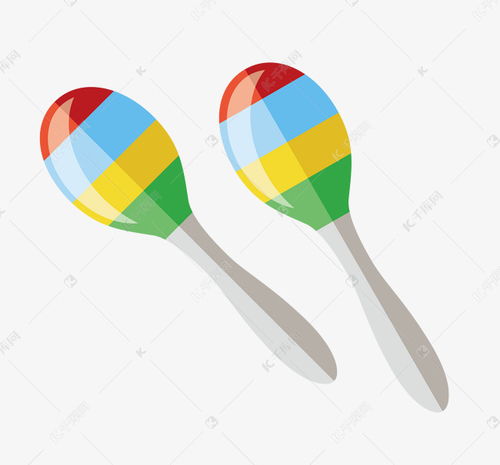
The sand block, also known as the maraca, is a small percussion instrument that has been used in various musical traditions around the world. Its simple yet unique design and sound have made it a popular choice for both beginners and professional musicians alike.
History and Origin
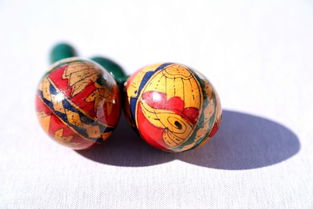
Originating from South America, the sand block has a rich history that dates back to pre-Columbian times. It was traditionally made from hollowed-out gourds filled with seeds or pebbles, which would rattle when shaken. Over time, the instrument evolved, and today's sand blocks are often made from plastic or wood, with beads or metal balls inside to produce the characteristic sound.
Construction and Design
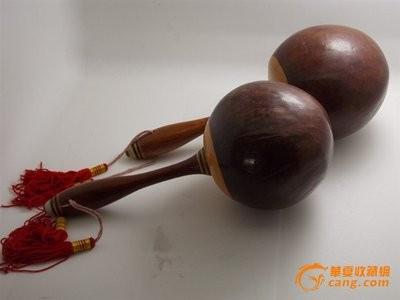
A typical sand block is a small, handheld instrument with a handle and a body. The body is usually made of plastic or wood, and it contains a small container filled with beads, pebbles, or metal balls. When the sand block is shaken, the contents inside move and create a rhythmic sound. The size and shape of the sand block can vary, but the basic principle remains the same.
Usage in Music
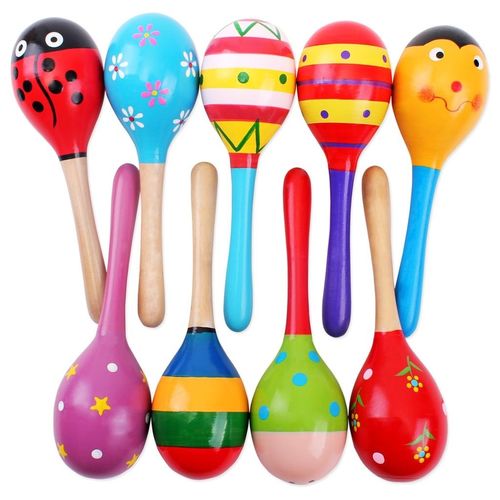
The sand block is a versatile instrument that can be used in a wide range of musical genres, including classical, jazz, rock, and world music. It is often used to add a rhythmic or percussive element to a piece, or to provide a unique sound that stands out from other instruments. Here are some common uses of the sand block in music:
Accompanying vocalists or instrumentalists
Adding a rhythmic pulse to a piece
Creating a unique sound effect
Improvisation
Techniques and Playing Styles
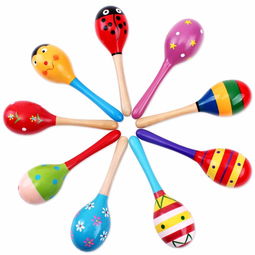
Playing the sand block is relatively simple, but there are various techniques and playing styles that can be used to enhance the sound and expressiveness of the instrument. Here are some common techniques:
Shaking the sand block gently to produce a soft, rhythmic sound
Shaking the sand block more vigorously to create a louder, more pronounced sound
Using the sand block in conjunction with other percussion instruments
Experimenting with different rhythms and patterns
Benefits of Playing the Sand Block

Playing the sand block offers several benefits, both musically and personally. Here are some of the advantages:
Improves coordination and motor skills
Enhances rhythm and timing
Stimulates creativity and improvisation
Can be used as a therapeutic tool for individuals with sensory processing disorders
Conclusion

The sand block, or maraca, is a small yet powerful percussion instrument that has captured the hearts of musicians worldwide. Its unique sound and versatility make it a valuable addition to any musician's toolkit. Whether you are a beginner or a seasoned pro, the sand block is a fun and rewarding instrument to explore.
常见问题
- 2025-10-15 红手指云手机
- 2025-10-15 粉碎城市怪兽大作战
- 2025-10-15 春华小说
- 2025-10-15 彩云天气安卓版2022
装机软件下载排行

其他人正在下载
- 天体数藏app
- 液多多商户版
- 旺店通旗舰版手机版
- 小滴云手机官网版
- 小狐狸官方手机钱包
- tokenpocket官网下载
- Cobo钱包官网版
- tokenim官网下载
- TronLink正版钱包
- Math Wallet钱包官网版






